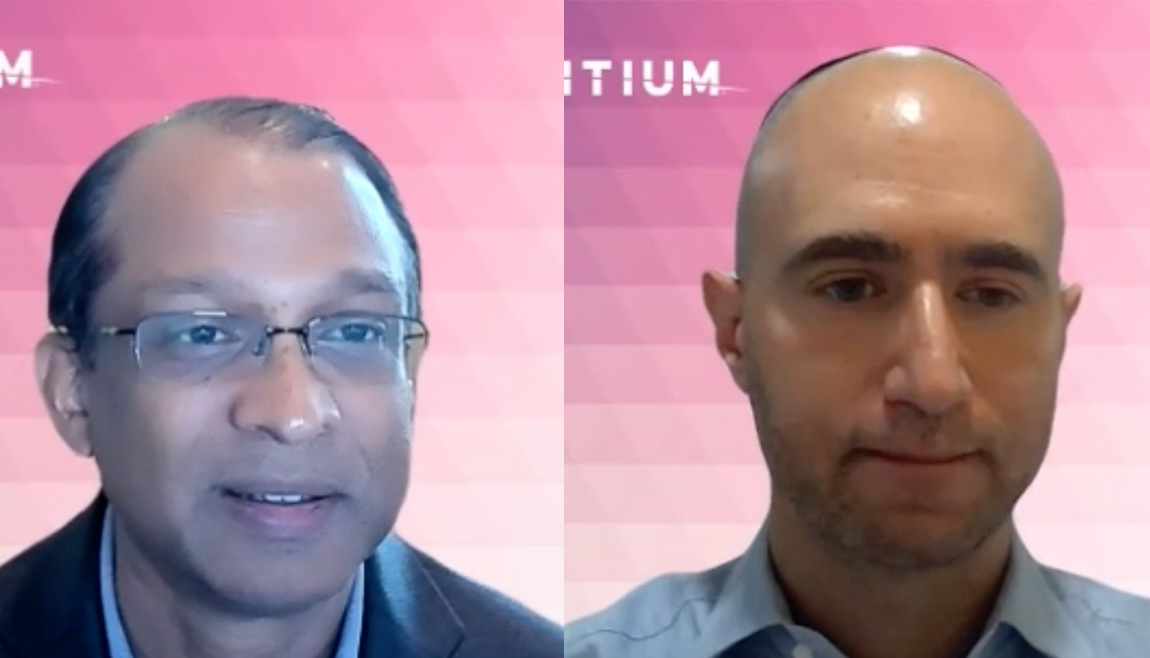 Health care has a people problem. While care staff are the heart of every organization, they are becoming increasingly hard to find—and even harder to retain. Staffing shortages are forcing occupancy reductions, driving up costs, and in some cases, even leaving patients at risk.
Health care has a people problem. While care staff are the heart of every organization, they are becoming increasingly hard to find—and even harder to retain. Staffing shortages are forcing occupancy reductions, driving up costs, and in some cases, even leaving patients at risk.
That’s because in an industry where people matter most, the tools to support them are lacking. Too many organizations are relying on outdated or broken systems that contribute to frustration, burnout, and attrition.
While technology can’t solve every problem, the right systems can help organizations reimagine their recruitment, onboarding, scheduling, and pay experiences to help boost job satisfaction, reduce burnout, and nurture teams that are happy to boast long-term retention. These people-first solutions help organizations shift from a staffing shortage mindset to one focused on building a long-term foundation for job satisfaction and retention. Only then will resilient, reliable, and long-tenured workforces help organizations thrive from the inside-out.
Pay Transparency Earns Trust, Boosts Retention
While on paper, payroll may just seem like a list of numbers, in reality, it means a whole lot more. Accurate and reliable pay signals value, partnership, and trust. That’s why the importance of pay transparency cannot be overstated. Itemized pay stubs that break down exactly how pay was calculated—including gross pay, overtime pay, tax withholdings, net pay, and more—help staff clearly see exactly what they’ve earned each pay period. When done well, it is a fantastic avenue toward long-term retention—when done poorly, it breeds mistrust, indifference, and contributes to high rates of staff turnover.
This is so important because pay is inextricably linked to retention. It is considered the most motivating factor—by a mile. In a recent study, The 2025 Health care Workforce Management Report, 75 percent of care staff identify higher pay as their biggest employment incentive.
Yet, confidence in payroll is lacking. Our research revealed that nearly one-quarter (24 percent) of all care staff are not confident their pay is calculated accurately—making payroll a trust issue. Even one error can feel like a betrayal. One-fifth (20 percent) of those respondents said they would lose significant trust in their employer after even just one error—which 81 percent of admins report making each month. An overwhelming majority, 80 percent, would lose trust after just three of these errors.
These processes needn’t be manual or riddled with errors. Solutions that are tailor-made for health care organizations can help ensure payroll accuracy by automating pay and overtime standards, shift differentials, and providing itemized pay stubs that offer a deep insight into earnings each pay period. Not only do these solutions help streamline administrative tasks—purpose-built workforce management solutions for health care have been shown to reduce payroll time by 85 percent per pay period—but by granting clarity and insight into earnings, help implicitly regain staff trust in the process. Technology that simplifies, clarifies, and communicates pay structure in real-time is foundational to any care organization’s long-term retention strategy.
Schedule Flexibility Fills Shifts, Offers Opportunity, Fosters Work-Life Balance
When it comes to shift scheduling, there’s plenty of room for improvement. While scheduling may seem like just one piece of a much larger puzzle, the impact of poor scheduling can reverberate across an entire organization.
Shift flexibility isn’t just a nice-to-have—it affects capacity and compliance, operational efficiency, burnout, and retention. Outdated tools and manual processes limit both care staff and their administrators with rigid shift schedules that prevent workplaces from thriving.
Without the ability to dynamically adjust inventory in real-time, or help fill in the gaps when too many shifts are left open, organizations struggle to remain at compliant staffing levels, often develop an over-reliance on costly, temporary staffing agencies, and wind up placing additional strain on their existing—and already overburdened—care team members.
For care staff who juggle long days, physically taxing shifts, heavy workloads, and high-stress situations, burnout is high—which is associated with lower levels of job satisfaction, poorer overall health, and elevated turnover.
Purpose-built technology that helps make scheduling a fluid and responsive experience can transform all these pain points. Empowering staff with autonomy and shift flexibility empowers them to take control of their own financial and employment goals. Whether it’s earning additional paychecks, unlocking shift flexibility for better work-life balance, or just granting a deeper level of visibility into their own workplace, shift flexibility offers options that appeal to everyone.
Leverage Tools That Tune in to Care Staff Motivation and Purpose
People don’t choose health care for the paycheck; they choose it because they care. Despite industry challenges and high rates of turnover, care staff are dedicated to their profession: 62 percent of respondents affirm health care is their long-term career path. Still, administrators underestimate their commitment: only 29 percent believe that the average care team member intends to remain in health care for the long haul.
This disconnect helps underscore a fundamental gap in perspective, one that if properly understood could help boost job satisfaction and earn long-term retention. The passion and joy is there, but so is the mounting frustration. Burnout, scheduling challenges, stagnant or inaccurate earnings, lack of support, and limited career growth opportunities hinder employee satisfaction—and drive excellent team members out the door.
The good news is that these challenges are addressable. Organizations that adopt people-first strategies and tune in to their care teams’ core drivers and sense of purpose can staunch attrition and begin to foster healthy workplaces that keep employees engaged, satisfied, and optimistic.
These strategies cannot be run with manual processes and using outdated or generalized point solutions alone. Purpose-built workforce management solutions for health care are designed to support stakeholders across the entire organization with automations, compliance rules, flexible scheduling, pay transparency, onboarding, and communication tools that support care staff and administrators alike.
Care teams love what they do. By helping teams reconnect with what they love about work, people-first technology supports a healthier, more fulfilling workplace—a place where your team can see themselves wanting to stay, grow, and make a difference.
Navin Gupta is chief executive officer of Viventium. With an interdisciplinary background in health care, technology, and business spanning over 25 years, Gupta brings knowledge, experience, and an approach that aligns with Viventium’s company values of people, accountability, and innovation.
Learn more about Viventium: 
Provider Magazine includes information from a variety of sources, such as contributing experts. The views expressed by external contributors do not necessarily reflect the views of Provider Magazine and AHCA/NCAL. Learn how to submit an article.